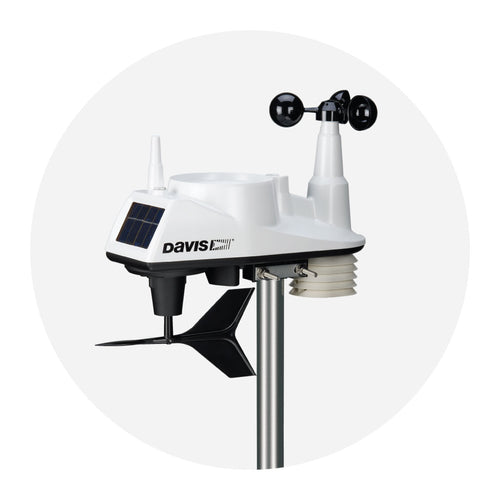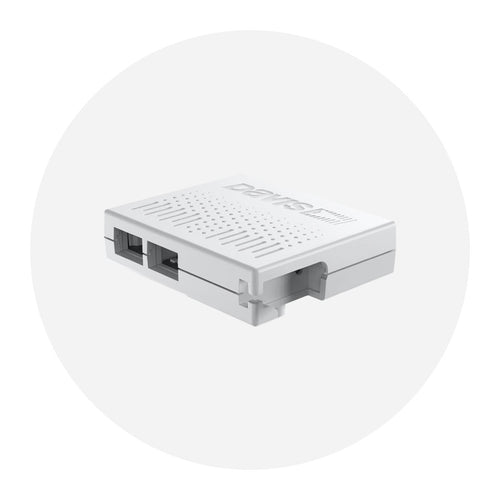A dehumidifier is an electrical device that removes water from the air in an enclosed space until the relative humidity is reduced to the desired level. It works by drawing air from around the room through a series of very cold coils, where warm, humid air condenses to form tiny droplets of water which drip into a water collection tank. The air is then reheated before being released back into the room.
What are some alternatives to using a dehumidifier?
While dehumidifiers are effective at controlling humidity levels, there are some alternative methods you can consider if you prefer not to use a dehumidifier or if one is not available. Here are a few alternatives to consider:
Temperature Control: In hot/humid conditions, an air conditioner works to reduce humidity. This happens when air passes over a cooling coil, which causes the moisture in the air to condense into water droplets. These droplets are then collected and drained way, which reduces humidity in a room.
In cold, damp environments, air conditioning won't work well to reduce humidity. Instead, a low-level heater, like the Davis Air-Dryr, can be used to reduce humidity problems, such as reducing water condensation on surfaces. Warm air can "hold" more moisture than cooler air. Especially in cool damp areas, the air easily becomes saturated with water. If the temperature goes below the dew point inside a space or enclosure, the water to condense and settle on surfaces. Air-Dryr works by drawing in cool, moist air via convection and warms it above the dew point, thus preventing onboard condensation.
Natural Ventilation: Open windows and doors to allow fresh air circulation. This can help remove excess moisture and improve air circulation, especially when outdoor humidity levels are lower.
Exhaust Fans: Use exhaust fans in bathrooms, kitchens, and other areas where moisture is generated. These fans help remove humid air from the space, reducing the overall humidity level.
Natural Moisture Absorbers: Certain natural materials have moisture-absorbing properties and can help reduce humidity levels. For example, placing bowls of uncooked rice, rock salt, or silica gel in the affected areas can help absorb excess moisture from the air. Remember to replace or recharge these materials regularly.
Moisture-Reducing Products: Consider using moisture-absorbing products, such as desiccant bags or dehumidifying crystals, in small spaces or enclosed areas like closets or cabinets. These products can help control humidity levels in localized areas.





















